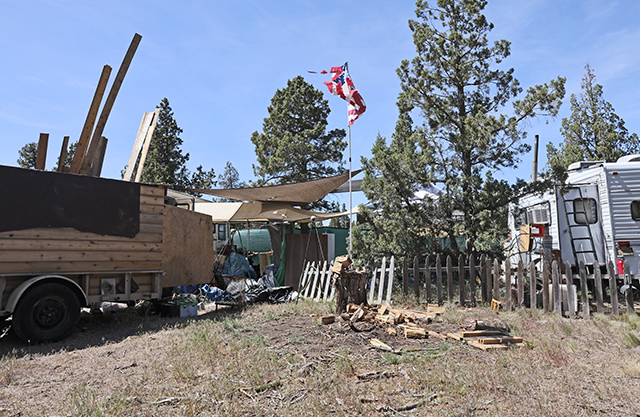Start-stop systems can cut fuel costs
Published 5:00 am Sunday, October 27, 2013
Q: I’ve read a few stories about new cars that turn off the engine when at stoplights and start again every time you go. How much gas will this save? Wouldn’t it use more gas to start back up? Would this wear out the starter?
A: Stop-start, also called start-stop, is a fuel-saving and CO2-reducing trick borrowed from hybrid vehicles. Already in wide usage in Europe and Japan, it’s beginning to gain momentum in this country, with a half-dozen or more vehicles now offering it. In a nutshell, the engine turns off at stoplights and promptly restarts as you release your foot from the brake pedal. Fuel savings are claimed to be about 10-15 percent in city driving, which certainly could vary depending on the actual driving conditions. Stopping and restarting an engine uses less fuel than leaving it running.
The 2014 Chevrolet Malibu, the first domestic mid-size vehicle to offer stop-start as a standard feature, utilizes a beefed-up starter motor, a larger and more robust absorbed glass mat battery, and an auxiliary battery in the trunk to provide accessory power during “auto stop” sessions. The brain behind the system looks at your air-conditioning setting, cabin and outside temperatures, vehicle speed and brake pedal pressure to decide if it’s appropriate to shut down the engine.
I drove a rented Malibu for several days to check this out and came away with mixed feelings on how it’s implemented on this vehicle. Without the benefit of an owner’s manual, I discovered auto stop only functions if the A/C button is pressed twice, which allows Econ mode. Additionally, auto stop only functioned when I pressed the brake pedal rather firmly at a full stop, as one would if you planned to remain absolutely stopped, and intuitively stood down when I was creeping and stopping briefly in heavy traffic. The only sense a driver has of auto stop occurring is the tachometer’s drop to zero.
All lights and accessories remain on with nary a hiccup. During long stop lights I thought this was very cool, as I wasn’t using any fuel or producing emissions. The instant I released the brake pedal, the engine would restart, before my foot could make it to the gas pedal — I tried but couldn’t outrun it. I didn’t attempt to record fuel economy numbers as my driving was a mix of city and highway, with air-conditioning use, and wouldn’t have been a reliable measure.
The added cost of a typical stop-start system is around $200-$300, and AAA forecasts this is recoupable in about 2-3 years of driving. I’m a bit leery of a conventional brush-type motor, pinion/ring gear-driven starter system, as there are quite a few hard working parts to wear, as well as a battery that’s much more expensive than typical. I think I’d like the Malibu’s auto stop system as well as I did the rest of the car if there were an auto stop “off” button, as found on most other stop-start vehicles.






